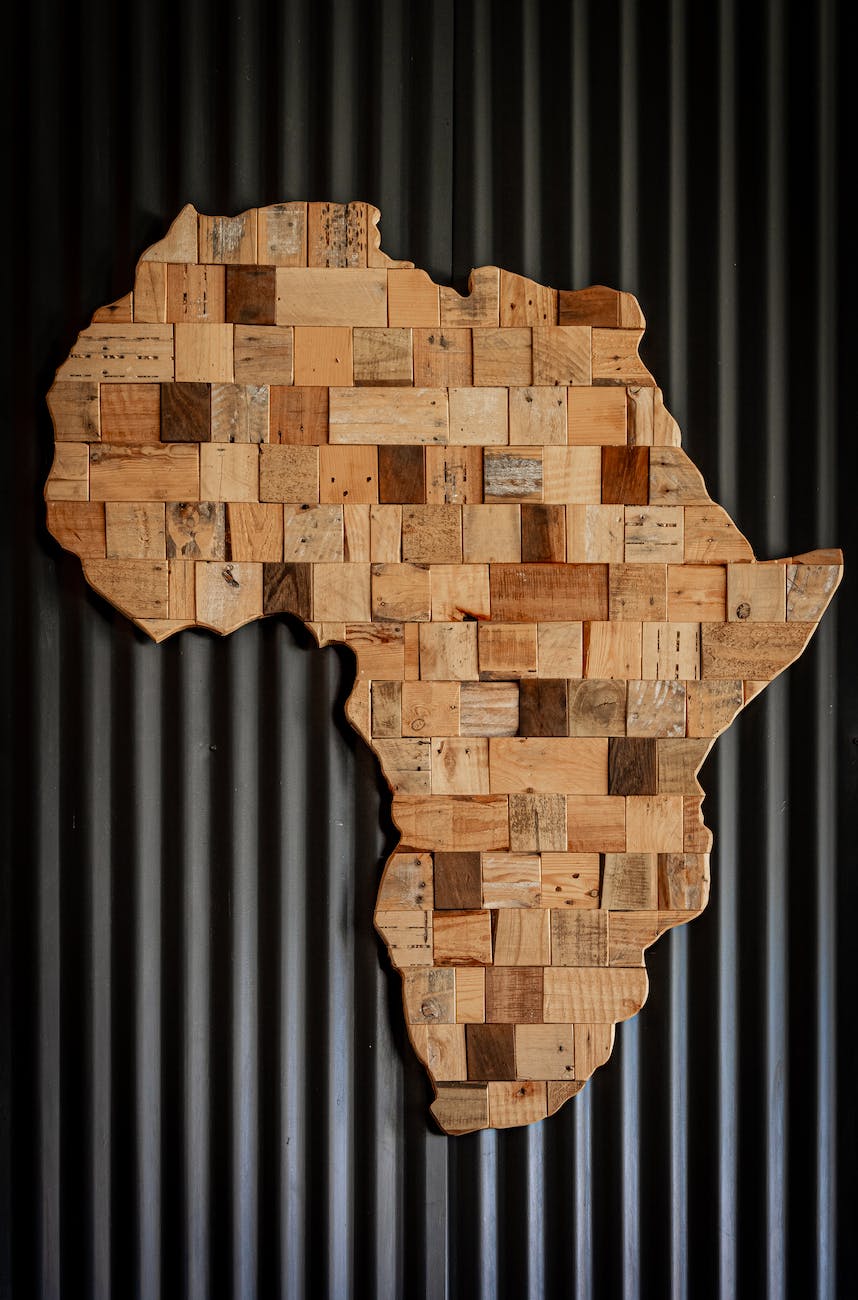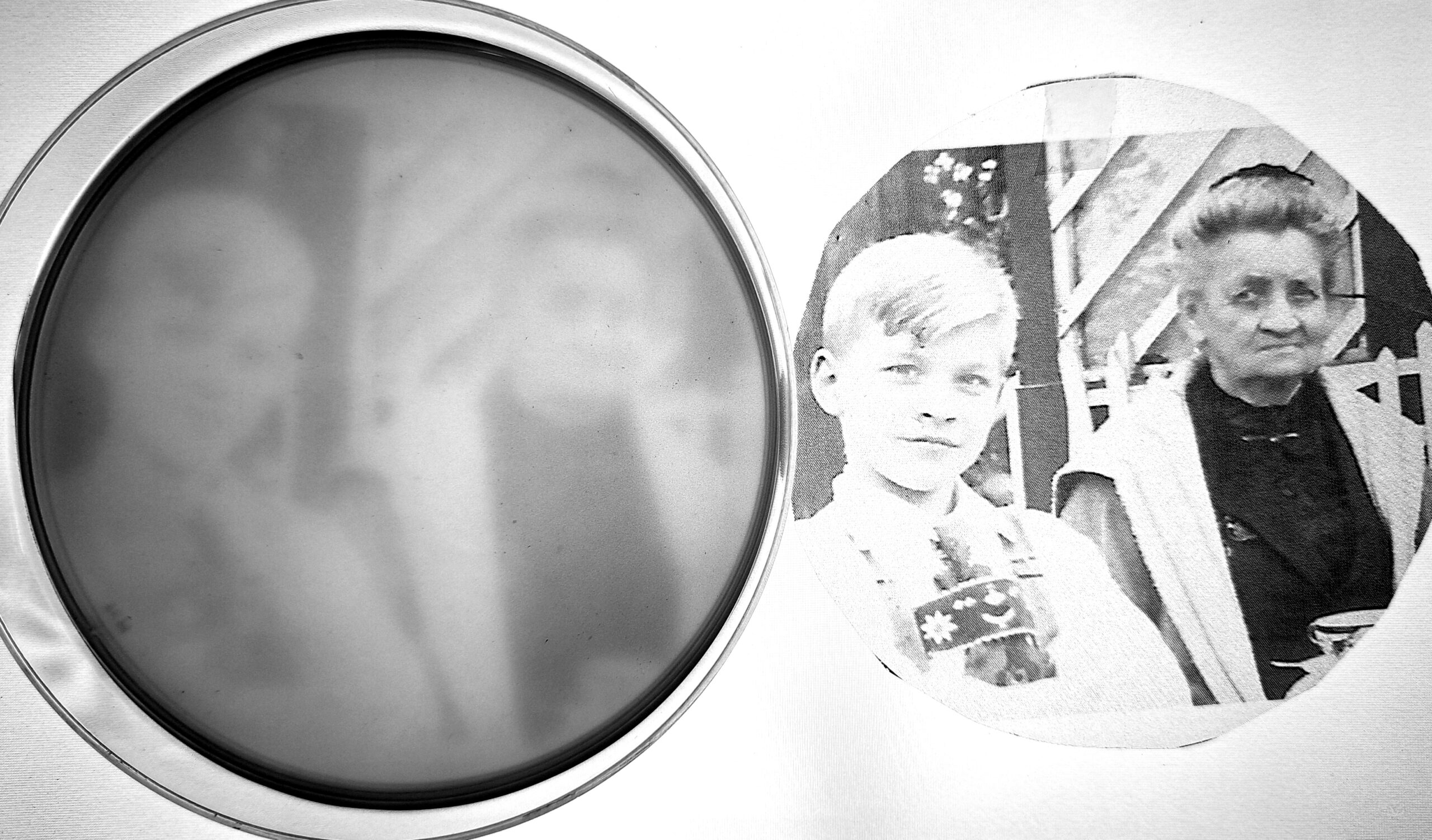The past 100 years have seen a huge boost in quality of life. Antibiotics have played a big role in this development. They have acted as valuable tools in clearing microbial infections and helped ensure hygiene for people all over the world. However, antibiotic resistance (AMR) is threatening this progress. By 2050, we could see as many as 10 million people die because of microbes resistant to antibiotic treatment. The grim predictions that the WHO has set have led people to call upon the situation as an AMR crisis.
Africa, especially the Sub-Saharan region, has already been highly affected by AMR. 27.3 deaths for every 100,000 people are directly associated with bacterial AMR across all age groups in Africa. Worse yet, these values could be underestimated as AMR data in Africa continues to be underreported. Should this remain, Africa will be set to continue receiving a greater burden from it compared with other parts of the world.
What makes the AMR crisis harsher in Africa compared to other regions of the globe? What is causing the AMR crisis to occur at a higher rate in Africa compared to other parts of the world? And how can Africans prepare themselves in the fight against AMR infections? These are the questions we will cover in today’s article.
AMR Crisis – What makes Africa unique?
In Africa, the effects of AMR have been so huge due to several factors such as lack of access to quality medicines, inefficient equipment in diagnostic laboratories, and many more. The growth of AMR has not only worsened the infections brought about by the various pathogens but also other health, social and economic issues associated with microbial infections. While many of the following diseases have substantial impacts on other geographical regions, they have proven to be particularly destructive across Africa.
- Human Immunodeficiency Virus (HIV): Fifty-seven percent of total new HIV infections arise in Africa. HIV is the causative agent of acquired immunodeficiency syndrome (AIDS) (Read more about the new HIV variant and HIV infections here). People with AIDS have substantially weaker immune systems, leaving them more vulnerable to disease. This is because HIV enters T cells and rewires the cell’s machinery to produce more HIV. With fewer immune cells, the body’s ability to fight infection is strongly weakened. In turn, the risk of AIDS and death is predicted by the number of CD4 cells (a type of T cell) and the amount of HIV detected in your body, measured by PCR.
- Members of Plasmodium are parasites that cause malaria, a disease where over half of deaths occur in Africa. Plasmodium parasites attack red blood cells (RBCs) and induce their attachment to the inner lining of your blood vessels. People can be infected for up to 8 weeks and can experience a relapse up to 5 years after the initial infection. The disease spreads through blood-feeding insects (eg. mosquitoes) that inject the parasites into the host as they eat blood. Symptoms – arising up to a year after infection – can include fever, chills, discomfort, bodily pain, rapid breathing and heart rate, and fatigue. Unfortunately, severe malaria carries with it a 10-20% mortality rate.
- Mycobacterium tuberculosis: This microbe is the causative agent of tuberculosis. Twenty-five percent of global TB deaths occur in Africa, making it a key disease of concern for the continent. The pathogen infects the part of your lungs where gas exchange occurs: the alveoli. While your body’s immune system can normally destroy the bacterial cells, M. tuberculosis cells can multiply inside the macrophages and break out, weakening the immune system. Multidrug-resistant infections are especially concerning because infections can last up to 2 years and antibiotic development remains a challenge.
- Meningitis infections are particularly concerning in Africa. The Africa meningitis belt refers to the disease having high prevalence across sub-Saharan Africa. Meningitis arises when a bacterium or virus infects the brain and spinal cord, the two components of the central nervous system (CNS). Brain infections occur through one of two routes. First, viable bacteria can enter the brain through the bloodstream, known as bacteremia, and into the blood-brain barrier. Infections at the fluid surrounding the brain and spinal cord or the membrane itself, the dura, can also drive meningitis.
- Neisseria gonorrhoeae is the microbe that causes gonorrhea. While 82 million new gonorrhea cases were found worldwide in 2020, most of them were concentrated in Africa. N. gonorrhoae attaches itself to the mucus layers in one’s genitals. Once populated, the microbes spread to other people through sexual contact. Using micro-appendages called type IV pili, N. gonorrhoeae can attach themselves to the cells comprising genital tissue and form micro-colonies to establish infection.
AMR Crisis – Causes
Many factors play big roles in AMR spread within Africa. For one, we regularly see antibiotic misuse when the wrong antibiotics are prescribed to a patient. AMR can also spread when antibiotics are provided but not needed at all. The high poverty rates and poor infrastructure across the continent also make healthcare difficult to access, along with poor access to water, sanitation, and hygiene. When combined with inadequate knowledge and awareness of AMR by the public and the absence of political support, AMR becomes easier to spread across the continent.
AMR Crisis – Calls to action and how Students Against Superbugs heeds the call
In response to these issues, organizations across Africa are also taking up the call to address the AMR crisis. Students Against Superbugs (SAS) stands tall among these efforts. SAS is a student-driven initiative that aims to empower tertiary-level students across Africa to become active champions against AMR. They accomplish this in three different ways:
- AMR Community Engagement Program: The message of AMR needs to be told in a way that everyone can understand. With the community engagement program, students are tasked with sharing the story of AMR with local communities across Africa. They conduct seminars and organize public gatherings to discuss AMR in a public forum. They also make regular visits to hospitals and animal farms to teach the local populace about using antibiotics in a way that prevents AMR.
- AMR Leaders Program (AMRLEP): With this program, SAS Africa has mentored and taught a new generation of AMR leaders drawn from diverse institutions of learning across the content. These leaders have established various AMR initiatives in their respective institutions and communities to promote AMR education across Africa.
- AMR Research, Discovery, and Innovations Program: This arm of SAS Africa helps empower up-and-coming AMR researchers and scientists. Here, events and resources that promote AMR research are provided. The research topics covered include AMR surveillance, antimicrobial and vaccine discovery, and development, as well as R&D efforts to produce diagnostic tools.
- The AMR Writers and Content Creators Program: This involves the development of AMR articles as well as other AMR digital content such as AMR games in simple ways that non-professional readers and viewers can understand. These materials are then widely shared among the public to spread the AMR message across to a wider audience in a more understandable way.
Conclusions
Antimicrobial resistance is a major concern worldwide, but nowhere is this concern more palpable and substantive than in Africa. Deaths by AMR infections could number millions by 2050 if left untreated. Many pathogens and factors play into the burgeoning crisis, but that does not mean nothing can be done to curb the tide. Organizations such as SAS and many more are working hard to raise awareness among the general public, promote AMR research, and improve surveillance and hygiene efforts. With more efforts like these, the AMR crisis can be averted not only in Africa but the world at large.
Authors
-

Paul Naphtali is a seasoned online marketing consultant. He brings to the table three years of online marketing and copywriting experience within the life sciences industry. His MSc and PhD experience also provides him with the acumen to understand complex literature and translate it to any audience. This way, he can fulfill his passion for sharing the beauty of biomedical research and inspiring action from his readers.
View all posts -




